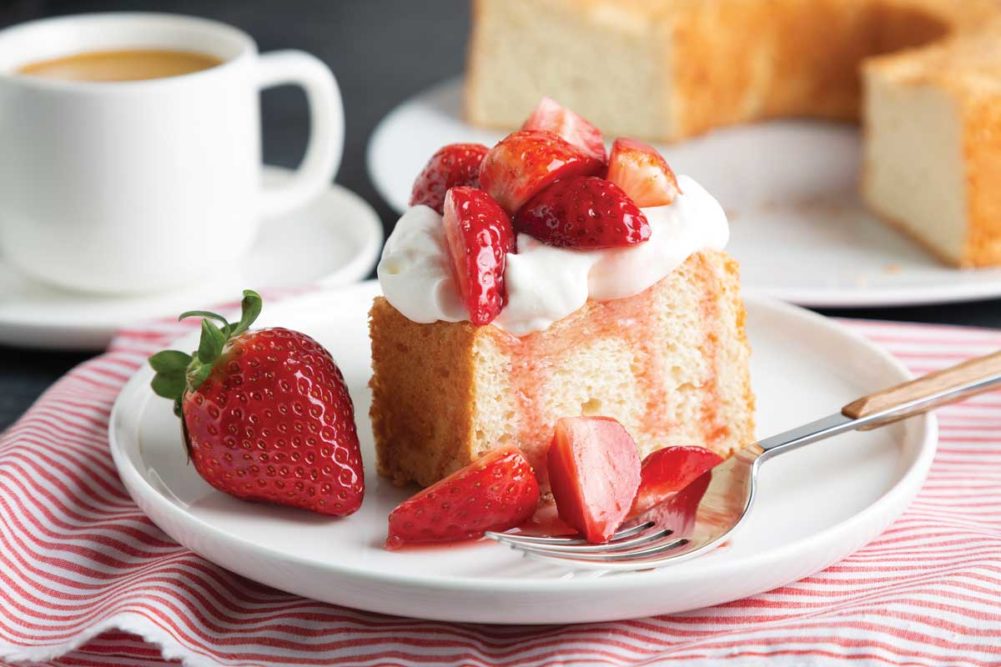Sweet goods’ secret weapon in gluten-free formulating is in the other structure-building — and flavor building — ingredients they depend on. Fat, sugar, eggs and even dairy ingredients all contribute not only to taste but also the texture and bite whether it’s a crunchy cookie or a delicate cake.
“We have a little bit of a leg up from an eating quality perspective because these products are super high in sugar, fat and egg systems; there’s a lot of functionality there,” said Sarah Hite, food scientist, Dawn Foods.
Ashley Amodeo, food scientist at Dawn Foods, explained how eggs in particular could bridge any gaps that may occur when reformulating for gluten-free.
“On the sweet side, we use eggs in many formulas and finished goods. Crème cakes use a lot of egg, which can make up for some of the functionality lost from removing gluten,” she said. “Some of the other ingredients in sweet goods are advantageous and give you a little more leeway.”
That’s not just limited to functionality; it also applies to flavor. The sweetness associated with these applications can make up for any off-flavors that may come with a gluten-free reformulation.
“Product developers have an opportunity to lean on potent, familiar flavors like citrus and vanilla to help mask the off-putting or unexpected taste that can occur with certain gluten-free ingredients,” said to Leda Strand; manager, snacks, bakery and confections, applications science and technology; ADM.
Chocolate and cocoa are powerful tastes that mask any unwanted sensory characteristics in a finished product.
Inclusions and toppings, Yanling Yin, director, bakery application, Corbion, also pointed out, can also contribute to the perception of a finished product.
“Bakers can overcome issues of comparison with traditional sweet goods by focusing on creating a product that provides increased indulgence via excellent taste and attractive color,” she said. “This can be further improved through the use of high-quality inclusions and toppings, which can elevate the eating experience and enjoyment for consumers.”
When consumers reach for a cookie or cake, they want to indulge, and that expectation doesn’t fade just because the product is gluten-free. While sweet goods get an assist from other ingredients and their indulgent flavor profiles, bakers need to do their homework and understand what gluten-replacing ingredients can bring to the formulation. Then they can build a secret formula that delivers indulgent experience consumers crave.
This article is an excerpt from the June 2020 issue of Baking & Snack. To read the entire feature on gluten-free formulating, click here.






